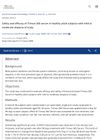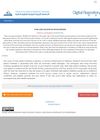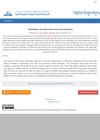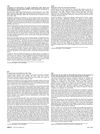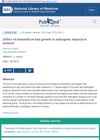Nanocrystal Structure of Minoxidil: A Safe Stimulator for Hair Growth in C57BL/6 Mice
February 2024
in “
Current Medicinal Chemistry
”
minoxidil nanocrystal structures MXD-NPs hair growth stimulator C57BL/6 mice bead mill ultrasonic process human dermal fibroblast cells pilosebaceous follicles anagen/telogen follicular growth hair regrowth follicular stimulation Rogaine nanocrystals nanoparticles hair growth mice HDF cells hair follicles hair growth phases
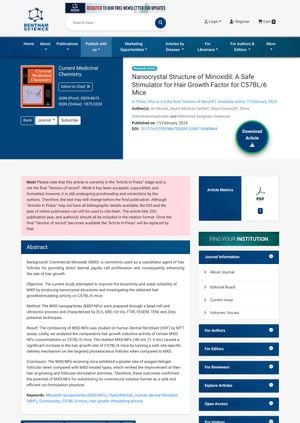
TLDR Minoxidil nanocrystals improved hair growth in mice more effectively and safely than regular Minoxidil.
The study aimed to enhance the bioactivity and water solubility of Minoxidil (MXD), a common hair growth stimulator, by creating nanocrystal structures (MXD-NPs) and testing their effect on C57BL/6 mice. The MXD-NPs were prepared using a bead mill and ultrasonic process and were characterized using various techniques. The cytotoxicity of MXD-NPs was tested on human dermal fibroblast (HDF) cells. The results showed that the MXD-NPs significantly increased the hair growth rate in C57BL/6 mice by targeting pilosebaceous follicles more effectively than regular MXD. The mice treated with MXD-NPs showed a higher rate of anagen/telogen follicular growth compared to those treated with MXD, indicating improved hair regrowth and follicular stimulation. This suggests that MXD-NPs could potentially replace the commercial solution format of MXD as a safer and more efficient structure.
